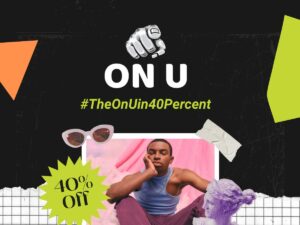“Deficient Rains Push Indian Sugar Prices to Six-Year High, Supply Concerns Loom”
Sugar prices in India have surged to a six-year high due to deficient monsoon rains, raising concerns about supply shortages during the upcoming festive season. The government may consider export bans if crop yields are impacted by poor rainfall, while high inflation remains a pressing issue in the world’s second-largest sugar-producing nation.


Deficient Rains Impact Sugar Prices
Sugar prices in India have reached a six-year high as concerns over deficient monsoon rains weigh on the sugar industry. The Indian government is closely monitoring the situation as the country prepares for the festive season, which typically sees a surge in sugar demand.
Possible Export Bans Loom
In light of the uncertain monsoon season and its potential impact on crop yields, the Indian government is contemplating export bans on sugar. This measure aims to ensure that domestic demand is met and to prevent further price hikes in the sugar market. If implemented, the export ban would take effect at the beginning of the new season on October 1.
Inflation Worries Continue
High inflation remains a significant concern in India, especially with consumer inflation reaching 7.44% in July, marking a 15-month high. This inflationary pressure is largely attributed to rising food prices, including sugar. To address these challenges, the Indian government has already taken several steps, such as imposing a 40% duty on onion exports and allowing duty-free imports of pulses.
Lower Cane Output Predicted
The Indian Sugar Mills’ Association has projected lower cane output due to poor rains, further contributing to the apprehensions surrounding the sugar industry. The effects of inadequate rainfall have already been felt, as wholesale sugar prices surged to ₹37,750 per tonne, marking a 2.9% increase in just two weeks. This price level is the highest recorded since 2017.
India’s Sugar Consumption Dynamics
India is the world’s largest consumer of sugar, and its sugar industry is tightly regulated by the government. The sweetener is considered an essential commodity in the country, as even minor price fluctuations can have a significant impact on consumers. However, the majority of India’s annual sugar production is used in commercial food products, with household consumption accounting for no more than 10%.
Government’s Perspective
Despite concerns over deficient rains, the Indian government has expressed optimism about the condition of the country’s cane crop. As of September 1, overall cane acreage has slightly increased compared to the previous year, standing at 5.9 million hectares.
According to Union food secretary Sanjeev Chopra, India currently maintains a sugar inventory of 10.8 million tonnes, which is deemed sufficient to meet existing demand and future requirements during the festive season. The government is expected to release official estimates of sugar production soon.
Ethanol Diversion and Fuel-Blending Program
India’s fuel-blending program plays a crucial role in utilizing surplus sugarcane for ethanol production. Ethanol, primarily derived from sugarcane but also cereals like rice and maize, is blended with petrol by oil-marketing companies. Given the current high prices of cereals and concerns about lower crop yields due to poor monsoons, more sugarcane may need to be diverted for ethanol production this year.
India’s fuel-blending program aims to achieve the E20 target, with 5.5 billion liters of ethanol produced from sugarcane and an additional 4.6 billion liters from grains. The total requirement to meet this target is 10.1 billion liters of ethanol.
The situation surrounding India’s sugar industry remains fluid, with stakeholders closely monitoring the weather and government policies to navigate the challenges posed by deficient rains and their impact on sugar prices and supply.
Sources By Agencies







